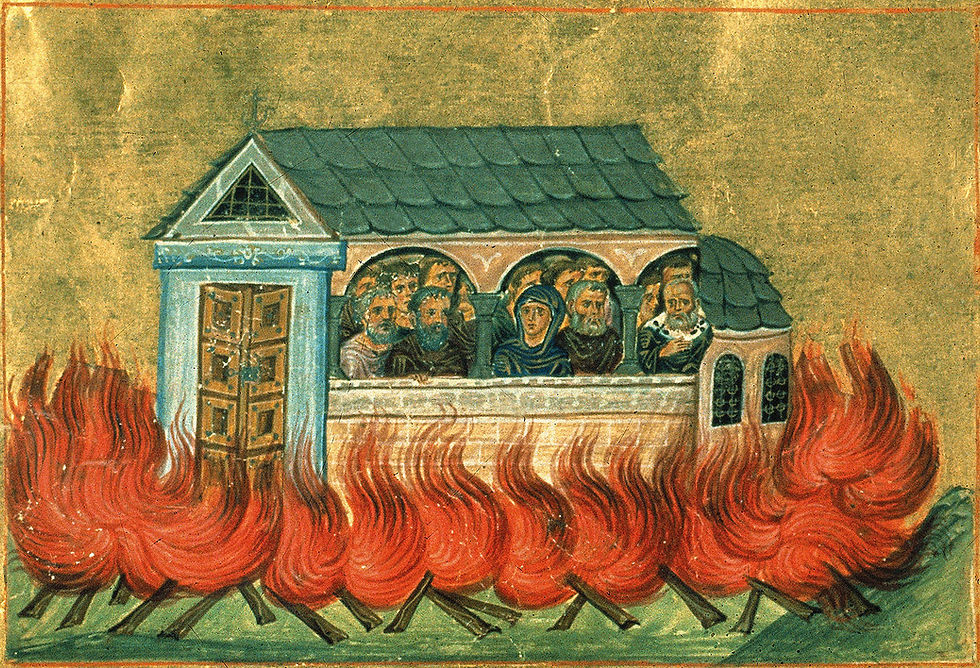St Albans and the Peasants’ Revolt
- Tim Boatswain

- Apr 19, 2020
- 2 min read
Updated: Mar 19, 2023
Margaret Thatcher studied Chemistry at Oxford. Had she studied history she might have avoided one of the biggest mistakes her government made. In 1990 she introduced the Poll Tax, which caused a riot and was an important factor in her growing unpopularity, finally leading to her resignation later in the year. Back in 1381 an attempt by a Royal official to collect poll tax resulted in the Peasants’ Revolt. Admittedly the Peasants’ Revolt - itself a misnomer, as it involved a wide spectrum of rural society, including many local artisans and officials - was about much more than just a poll tax dispute but that might also be said about the events in 1990.Although the Peasants’ Revolt was ultimately unsuccessful it shook the whole country and nearly caused the unseating of King Richard II. One of the leaders of the Revolt was William Grindecobbe, a native of St Albans, who may have been a miller but is also believed to have owned a considerable amount of land. When a large number of rebels, under the leadership of Wat Tyler, entered London and started sacking parts of the city, the tenants and townsfolk of St. Albans also rose up, broke into the gaol, generally caused mayhem and besieged the St Albans Abbey. Our main historical source, a monk at the abbey, Thomas Walsingham, records that the rebels threatened to burn the abbey down unless the abbot would surrender the charters that gave the abbey rights and privileges over the district’s woods, land, and milling. The abbey had an infamous reputation for extorting financial rights over much of the town’s activities and business. It is quite probable that the animosity this had generated was the main cause that ignited the revolt in St Albans. The Abbott, Thomas de la Mare, initially refused the demands of the rebels but later gave in and many of the abbey’s charters and privileges were destroyed. The hostility of the townsfolk towards the abbey was to continue as is signalled by St Albans 15th century Clock Tower, which was built as a protest against the power of the abbey. But Wat Tyler's rebellion had in the meantime been suppressed, and within a month the tenants and burgesses were forced to come to terms, the abbey’s privileges once more restored. Wat Tyler had been killed in London and Richard II, who originally had granted concessions to the rebels, reneged on his promises. The other leaders of the revolt were hunted down, tried for treason and executed. William Grindecobbe, along with other leading townsfolk, were hanged, drawn and quartered. It is not certain where the executions took place in St Albans: it may have been outside the abbey at Romelands or where the Town Hall building now sits. One of the other leaders, the priest John Ball was also hanged, drawn and quartered in front of the King, possibly in St Albans. John Ball was antagonistic to the Catholic Church, disliked the aristocracy and preached equality.He is famous for his quote: When Adam delved and Eve span. Who was then the gentleman?His point being that in beginning all humans beings were created by God alike, equal and should be treated accordingly without any person being held in bondage or serfdom.




Comments